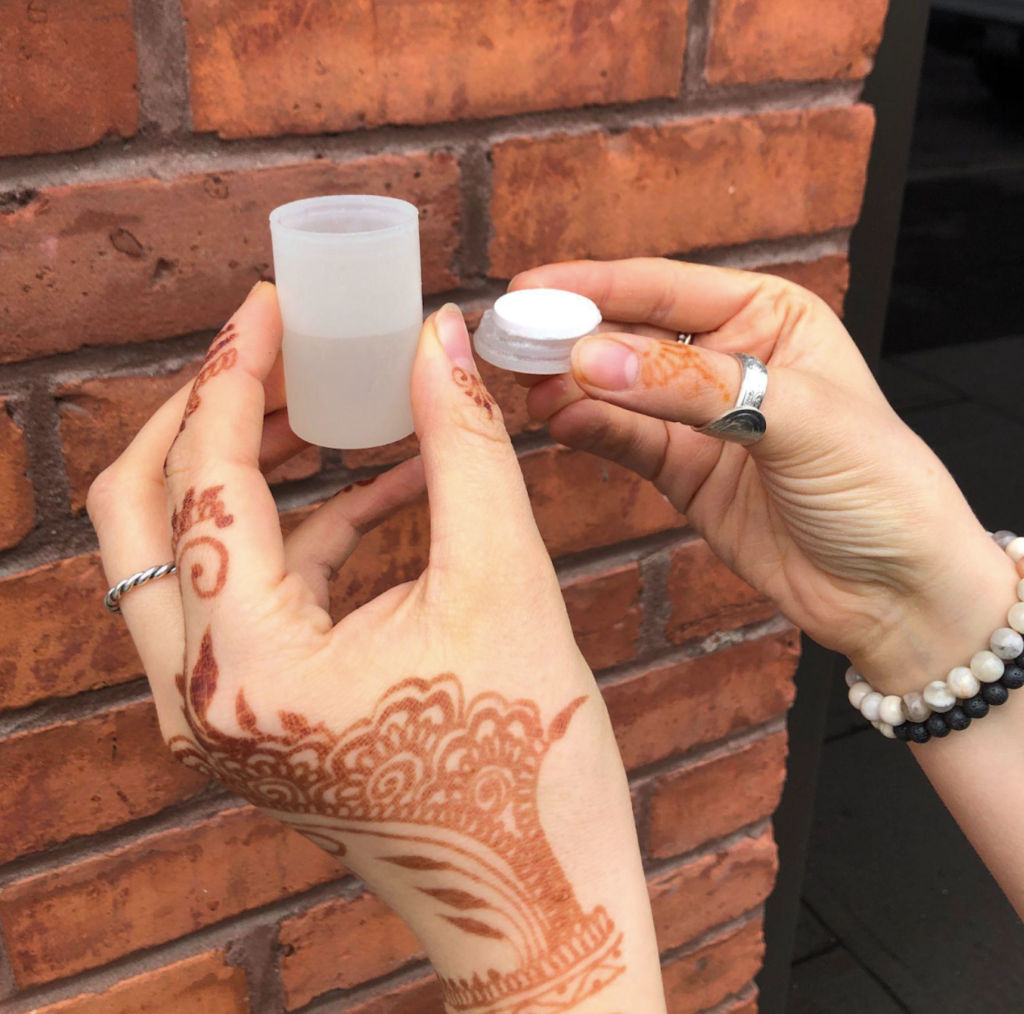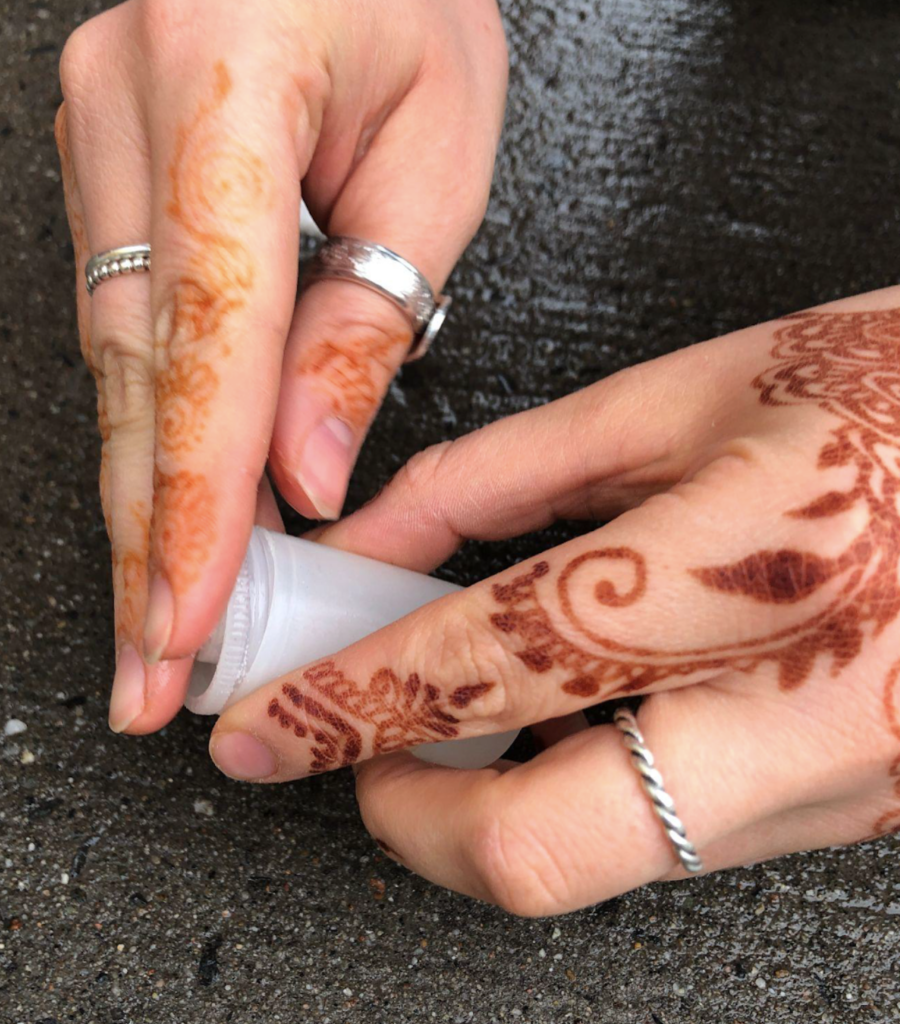Reaching for the Stars: Goal Rockets
Setting goals, especially those we know can be achieved with a little focus and effort, are a great way to build self-confidence.
In this activity, your child will look ahead to the school year and set one or more goals for themselves. After creating their goal(s), your child will use their knowledge of chemistry to affirm their goals and help them take off by launching them into the sky using a film canister rocket.
It is designed to help your child learn or apply some basic scientific concepts while setting a few goals to help them feel confident throughout the school year. As a parent or caregiver, this activity also presents an excellent opportunity for you to speak with your child about how you can help them reach their goal(s).
Activity Procedure
Section 1: Goal Setting
Duration: 20 minutes
Goals provide clarity when faced with a challenge and can help guide us towards personal well-being and success (whatever that means to you). They give us something to work towards and can help us create purpose and excite and motivate us to learn more and try new things. In fact, research shows that setting goals is linked to higher motivation, self-esteem and self-confidence.
When setting goals, it is helpful to write them down. Studies show that you are significantly more likely to achieve your end result if you write down your goals. So why does this happen? There are two reasons; external storage and encoding:
- External storage is storing the written goal in a specific location (for example, on your refrigerator) that is easy to find and see at any time. People tend to remember things much better when there is a visual cue, especially if this is something you see every day.
- Encoding is the biological process by which the things we perceive travel to our brain’s hippocampus, where they are analyzed. There, decisions are made about what gets stored in our long-term memory. Writing your goals down improves that encoding process. In other words, when you write it down, it has a greater chance of being remembered. If there is a greater chance of something being remembered, there is a higher chance of it getting done.
STEPS:
- Introduce the idea of goal setting with your child by sharing a few of your own goals for the year ahead.
- Ask your child to think about a goal they might have for the school year. Be sure to talk to your child about the importance of making goals that are S.M.A.R.T. That is to say, their goals should be specific, measurable, attainable, relevant and timely. You can help brainstorm some goals together. Start by asking your child questions like
- What are you good at?
- What do you want to improve, or what do you hope is different than last year?
- What makes you happy and gives you energy?
- What does success look like?
- Hand out a strip of paper and pen to your child. Ask them to write or draw their goals for the school year on each strip of paper. Parents and caregivers should write down a goal too!
Section 2: Rocket Launch
Duration: 15 minutes
STEPS:
- Once your child is finished writing down their goal, explain to them that they will launch their goal(s) in a rocket to kick off the school year.
- Hand out one film canister to your child. This will be their rocket.
- Optional: Ask your child to decorate their rocket using the construction paper, stickers and tape provided, and any other material you may have lying around.
- Ask your child to tape their goal to the bottom of the film canister (their rocket).
- Hand out safety goggles and then take the rockets out to the launch area.
- Have your child pour a little bit of water into their film canister, no more than full.
- Tape a tablet of Alka-Seltzer to the underside of the lid.
- The science behind this: Alka seltzer contains both sodium bicarbonate (a base) and anhydrous (containing no water) citric acid. When a tab is placed in water, the citric acid is no longer anhydrous and therefore can reach an acid-base reaction with the basic bicarbonate. This forms a chemical reaction. Chemical Reactions occur when bonds within molecules are broken This chemical reaction causes effervescence (formation of bubbles of fizz). This increases the pressure of a sealed container. If the pressure builds to a high enough level, it can cause the sealed film canister to pop, causing the canister to shoot into the air.
- First demonstrate to your child how to launch a rocket safely.
- Before launch, remind your child of the following;
- Ensure no one is nearby and warn others that you are launching your rocket.
- Keep your head and hands away from the rocket as you flip it over, then quickly back away from your rocket while you wait for it to launch.
- To launch, tightly secure the lid onto the film cannister. The Alka-Seltzer should not be touching the water yet since it’s taped to the lid. When your child has their lid ready, you can do a countdown, and your child will flip their rocket upside down. This will allow the water to contact and react with the tablet!
- Step back and wait for the gas pressure inside the rocket to build up. After a few seconds, the bubbling Alka-Seltzer will release enough CO2 that the canister won’t be able to hold all that gas anymore. The lid will pop off, and the pressure of the escaping gas helps propel the rocket skyward.
- Collect the film canisters and lids and return to the main camp space.
Reflection and Debrief
Write down any reflections and discuss how you can support each other in meeting your child’s goals. For example, if one common goal is to have fun, discuss how you can help each other do that.



